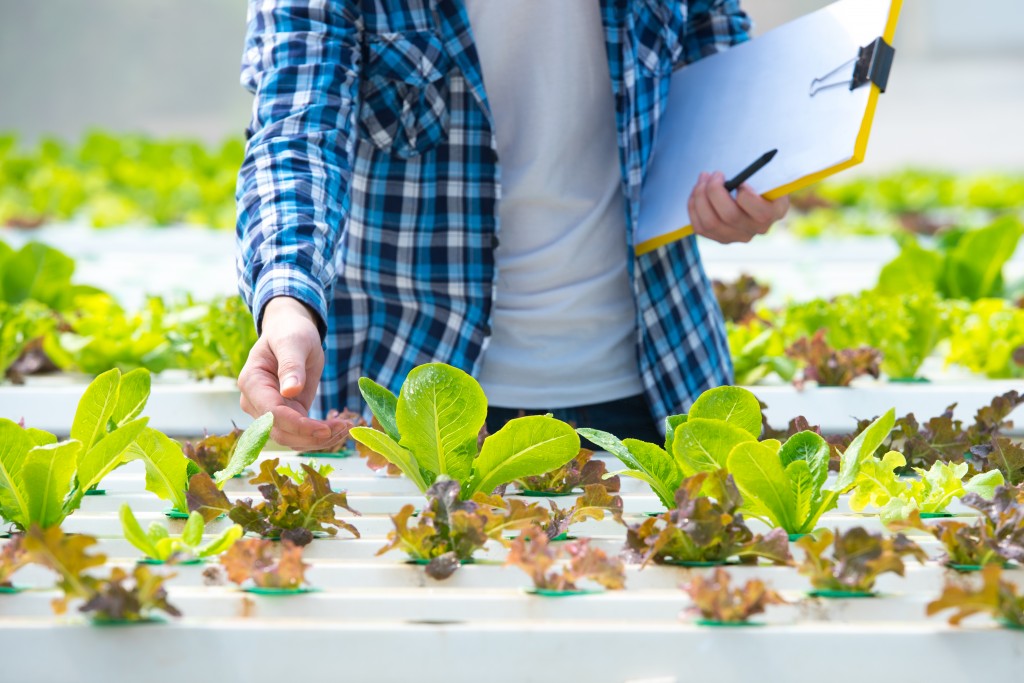Agriculture is turning into a high-tech business. As innovations in technology emerge every year, farmers are learning to adapt these developments to harvest more crops, control pests and plant diseases, and raise animals. Today, farmers are making better and faster decisions, all thanks to technology that makes data processing and management easier.
In other countries, data analytics and digital technologies are turning farm operations more efficient and insight-driven. Tech companies are creating a major buzz in farming communities with themes focusing on environmental sustainability, farm productivity, and profitability. For instance, hydroponic farming companies use farming technologies and techniques to ensure food security, sustainability, and safety.
But as farmers and business owners incorporate these agricultural trends, it is important to understand what they are and how they will affect the future of food production and distribution. It is also necessary to know how these game-changing trends will bring significant changes in the future of agricultural technology. In this article, we are going to look at the emerging agriculture trends that will play a major role in farming procedures in the next few years.
Connectivity and artificial intelligence
While tech innovations are bringing good news for the agricultural industry, rural farmers have to face the reality that high-speed Internet is still a major issue. The only way to take advantage of farming technologies means having robust and reliable connectivity.
This issue led telecommunications companies to help rural communities gain access to broadband services. One of them is Tombigbee Communications that seeks to improve the quality of rural life by providing basic broadband services. Even farmers are also rising to these challenges by discovering ways to access broadband connectivity and make technology work according to their needs.
For example, crop monitoring applications are helping farmers eliminate the time-consuming task of monitoring crops every day. Meanwhile, tech companies are creating agricultural drones used for evaluating crop information. Some models can even respond in different weather conditions by providing local weather data. This helped farmers to have detailed predictions about the local weather, giving them more time to prepare their crops and determine a definite timeframe when to plant and harvest.
Another latest innovation is lightweight graphene, a low-cost sensor attached to plants. This type of “plant tattoo” helps farmers and scientists discover the best soil and plants that will provide higher yields and survive under less suitable conditions. There is also digital agriculture equipment complete with sensors, cameras, and drones to track the health and growth of crops in indoor facilities and greenhouses. These tracking technologies provide various reports on plant life, growth progress, and environmental conditions.

Food safety
Because of the health threats brought by the COVID-19 pandemic, food safety has become a main concern among farmers and those involved in the agricultural industry. Farmers need proper education about the sources of contamination and the right farming practices and transportation to ensure proper food handling.
Even minor issues such as the E. coli outbreak can cause serious damages and expenses for farmers. These damages may also vary depending on the type of farm and crops. If the state government increases the food safety regulations, farmers will soon face growing expenses in maintaining the safety of their crops.
That is why the entire farming industry must stay up-to-date about farming regulations that may affect existing farming methods. This approach will help prevent potential crop issues and ensure the safety of their harvests from any kind of contamination.
Water usage
While water serves as the foundation of farming methods, many farmers are still encountering challenges because of limited water resources, drought, and cost. This emerging issue led farmers to find ways to ensure farm profitability despite cutting the water usage.
Sustainability has pushed farmers to look for new tools and farm practices to lessen water use. According to the U.S. Department of Agriculture, the agriculture industry is a major user of surface and ground water in the U.S., accounting for 80% of consumptive water use.
The Food and Agricultural Organization is pushing its efforts to promote water efficiency among farmers. These practices include practicing soil conservation, irrigating at high frequency, using optimal tillage and timing for harvest, and avoiding progressive salinization.
Water conservation also gave way to another farming trend called regenerative agriculture by regenerating topsoil to enhance water retention, sustain crop yields, support biosequestration, and improve farm profitability. There’s also the legalization of hemp as a sustainable product that requires less water than other traditional crops.
Technology has indeed brought a massive transformation in the agricultural industry. This helped farmers to influence various sectors of the local and international economy, including real estate, restaurants, and supermarkets. As scientists and farmers discover more farming trends, food producers will become more empowered to create a better food supply for everyone.



